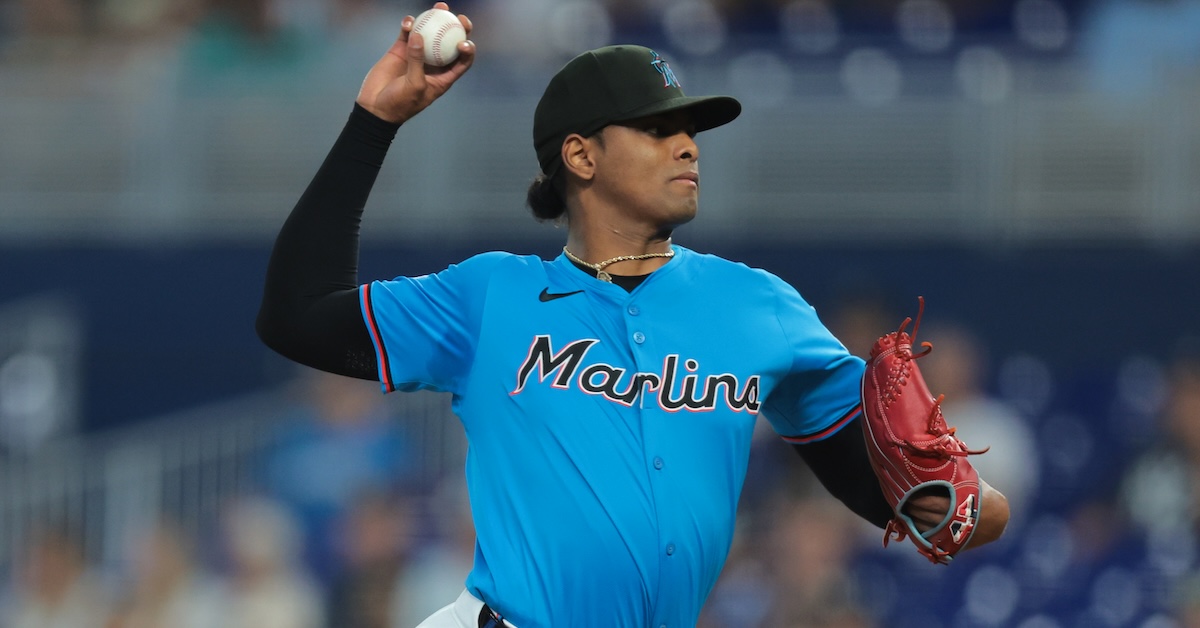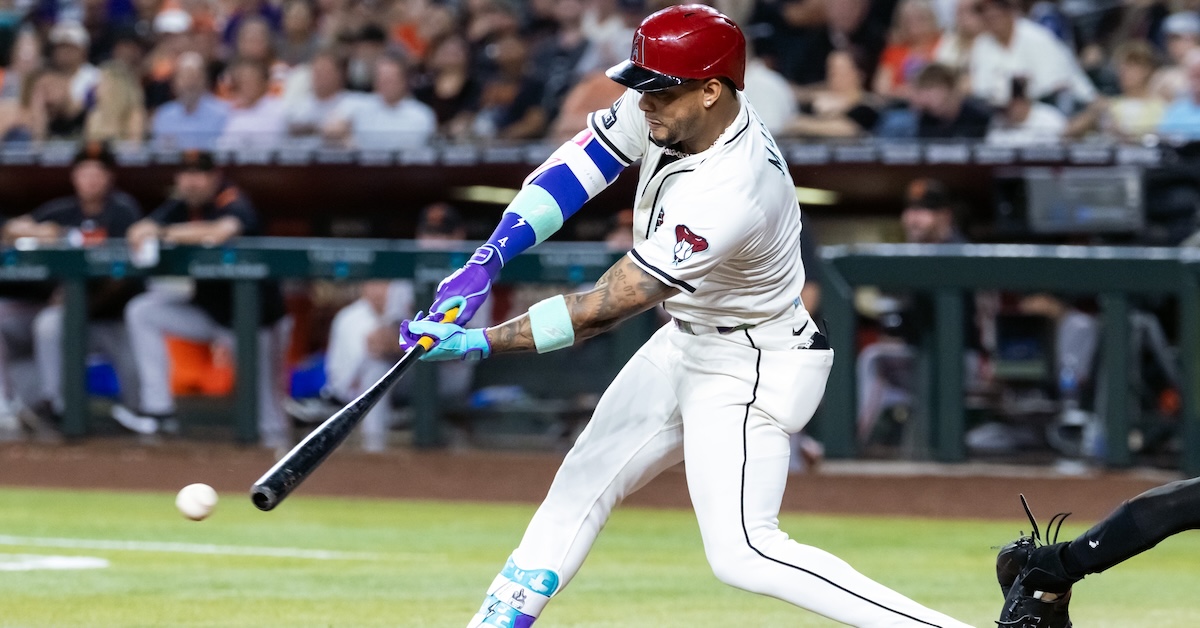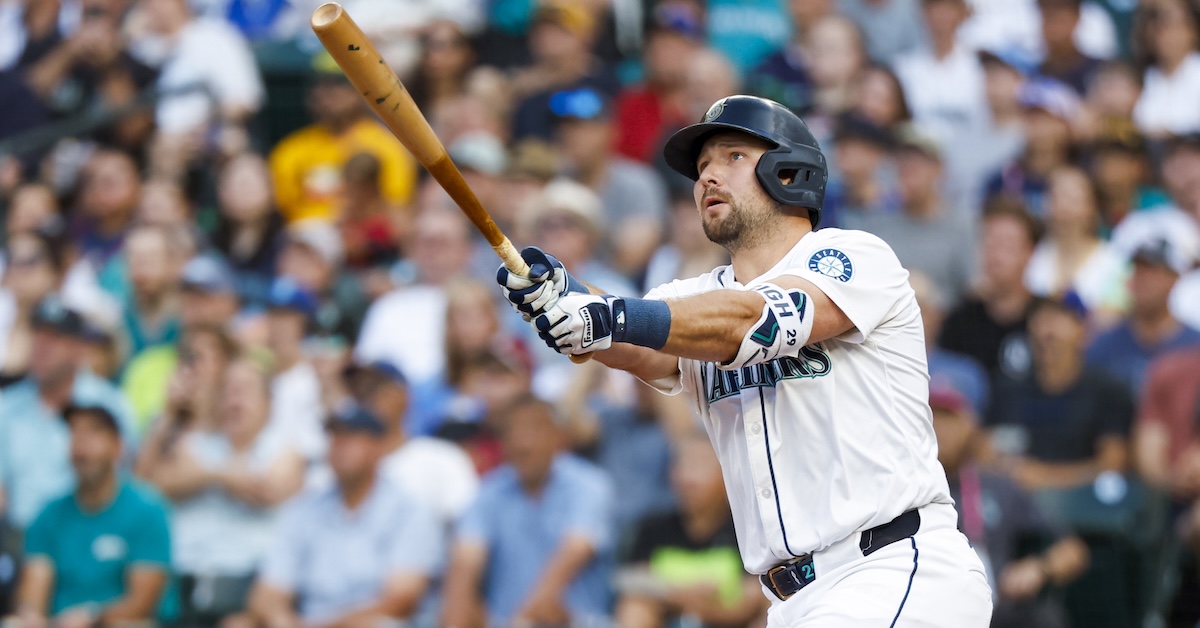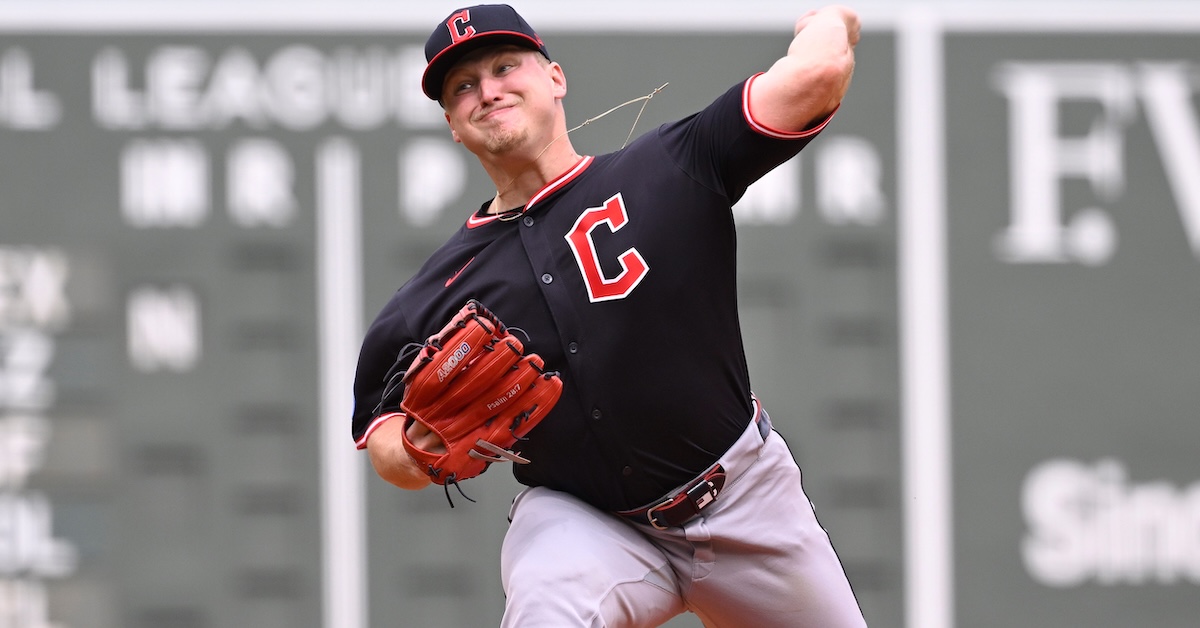Injuries Will Sideline the Astros’ Alvarez and Blue Jays’ Bichette Until the Playoffs — or Longer
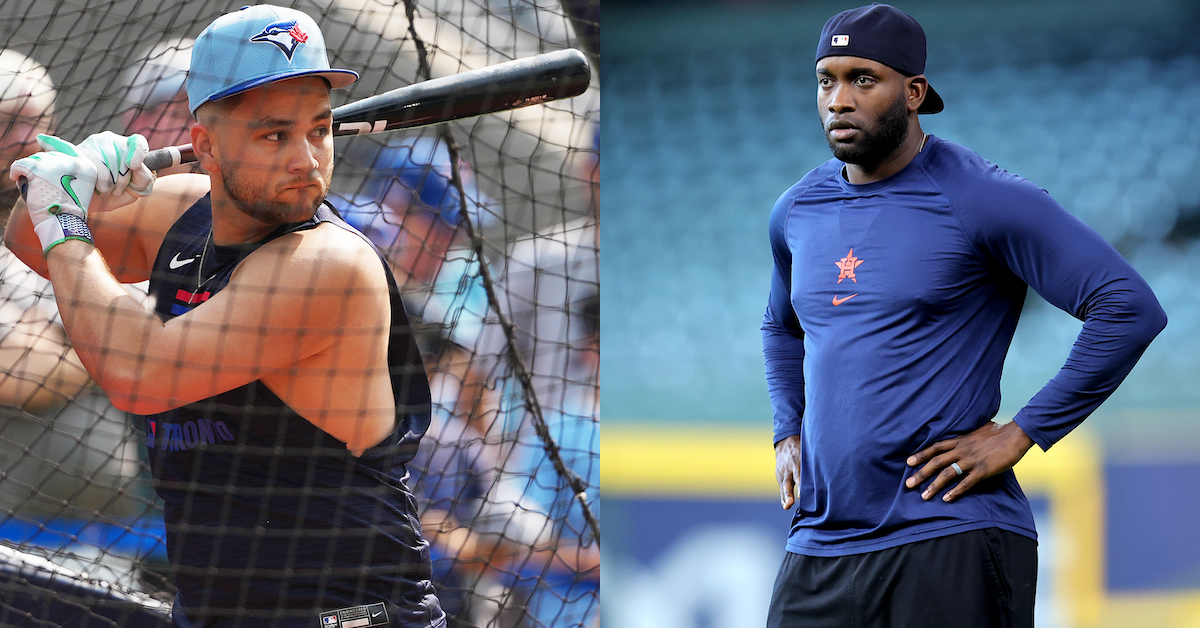
The Astros have spent nearly the entire season missing the superstar version of Yordan Alvarez, first because the 28-year-old slugger struggled during March and April and then because he missed nearly four months due to a fractured metacarpal in his right hand. He heated up upon returning to the lineup in late August, but on Monday night he sprained his left ankle, an injury likely to sideline him for the rest of the regular season and perhaps longer. He’s not the only American League star whose best hope for returning to the lineup is during the playoffs, as Blue Jays shortstop Bo Bichette has been ruled out for the rest of the regular season with a sprained ligament in his left knee.
Alvarez suffered his injury in the first inning of Monday night’s game against the Rangers in Houston. He followed Jeremy Peña’s leadoff single by drawing a walk against Jack Leiter. Carlos Correa then hit a weak comebacker toward the mound; Leiter tried to throw while on the ground but airmailed the ball far beyond the reach of first baseman Jake Burger. Peña scored easily as Adolis García retrieved the ball, but the right fielder’s throw home was nearly in time to nab Alvarez, who instead of sliding went in standing up, only to slip on home plate. He immediately began limping, had to be helped into the dugout, and did not return to the field — he started in left field — when the half-inning ended. Instead, right fielder Jesús Sánchez shifted to left and Zach Cole entered the game in right. Cole, who homered off the Braves Hurston Waldrep in his first major league plate appearance on September 12, hit his second homer off Leiter in the fifth inning of what turned out to be a 6-3 win.
“When he stepped on home plate, I had a front-row seat,” Peña said after the game. “His ankle kind of twisted, and when he had to plant again, I saw it twist again. And it’s not pretty. You don’t want to see that, especially Yordan Alvarez. We need him.”
You can see video of the play in question here, but you’re on your own if you want to seek out the still shot of Alvarez’s leg bending in ways that it shouldn’t. Colleague Dan Szymborski invoked Stretch Armstrong in his piece on the teams most impacted by injuries this year, which should give you an idea. Read the rest of this entry »
